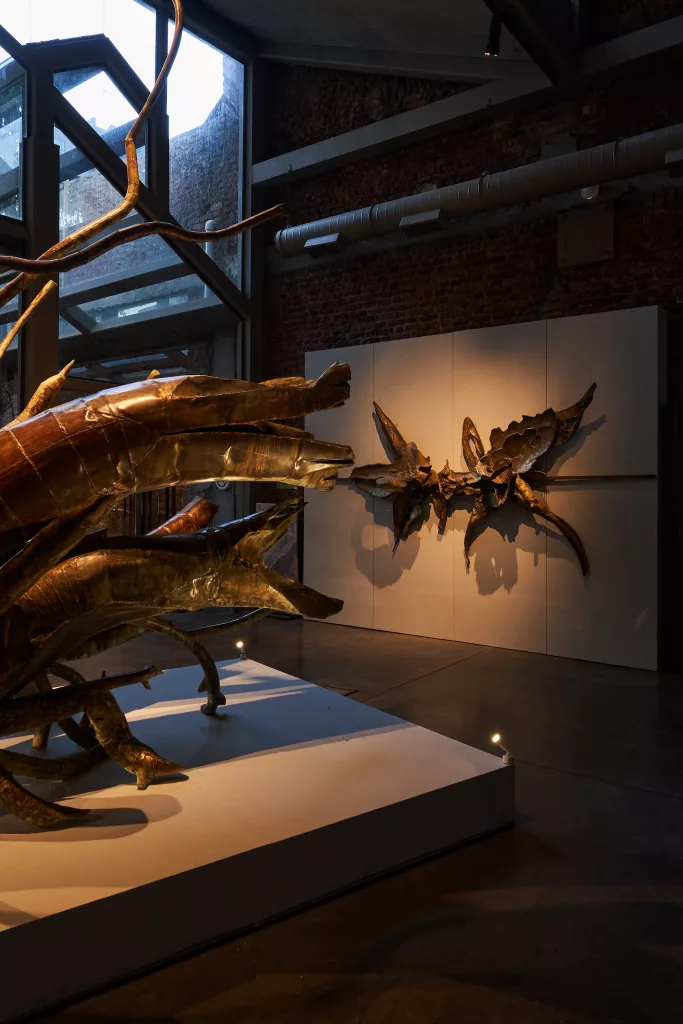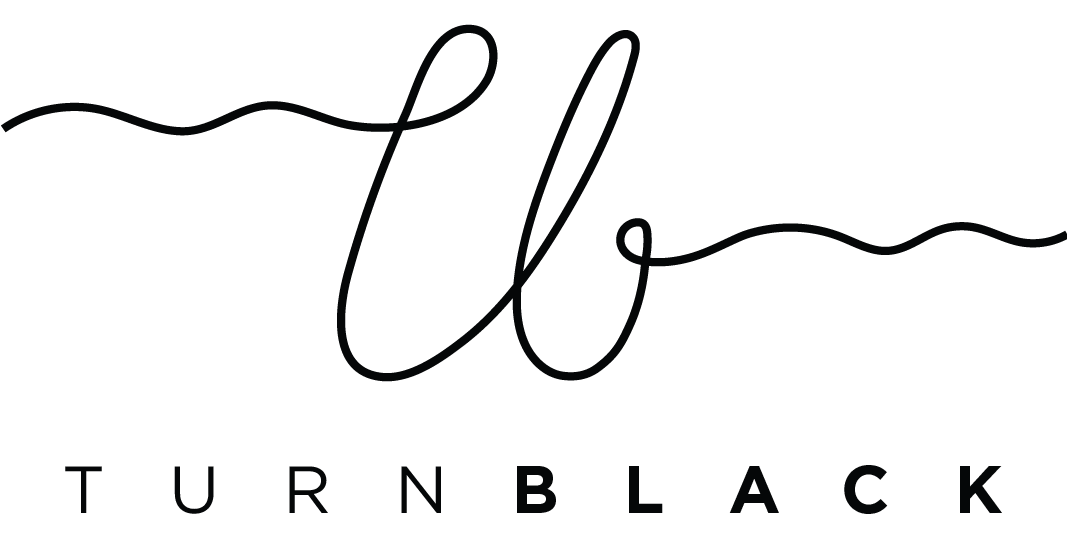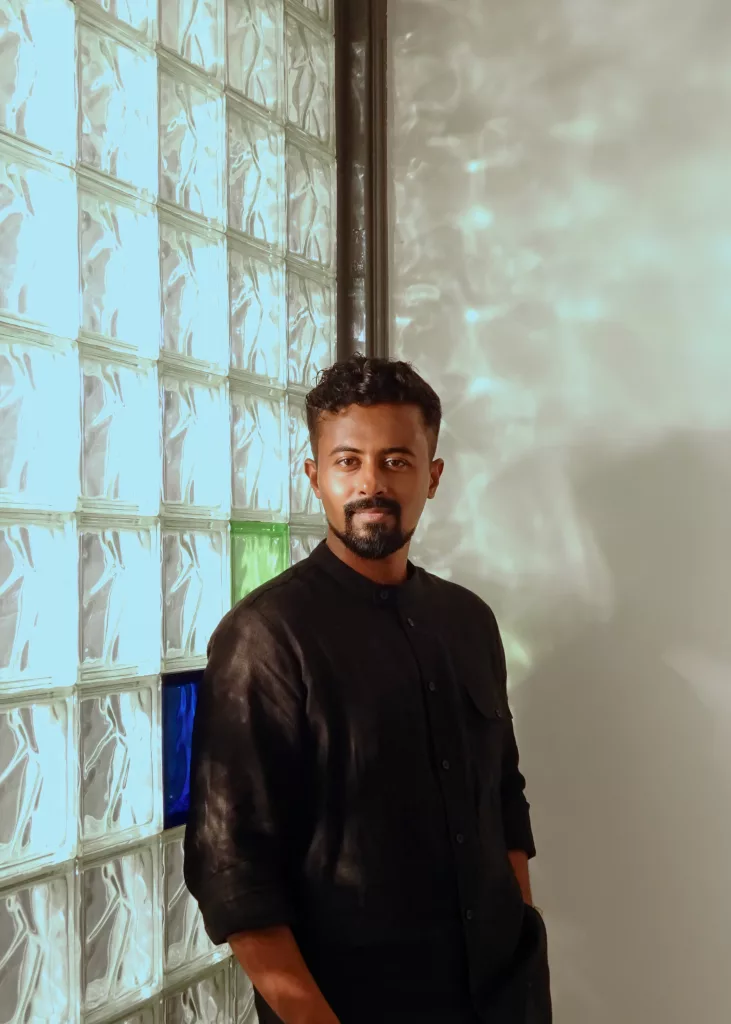Designing with Light and Emotion: studioEVM’s Eby on His Process
Eby graduated with an MFA in Lighting Design from Parsons School of Design, NYC, and Bachelor’s in Electrical and Electronics Engineering from Vellore Institute of Technology, India. With 8 years of experience, he began his career at Syska Hennessy Lighting Design in NYC before establishing studioEVM in India in 2022. The studio specialises in creative lighting design for architecture, exhibitions, and installations. Its notable projects include the ‘India in Fashion’ exhibition at the Nita Mukesh Ambani Cultural Center, the ’25 Years of Sabyasachi’ fashion show, and Rahul Mishra’s Mumbai flagship.
Eby was awarded the IES Young Professional Award in 2018. His “India in Fashion” project earned the IES Merit Award for Interior Lighting and the LIT Design Awards for Fashion Design Lighting and Visitor Experience; Museum Exhibition in 2024 and was shortlisted for the Dezeen Awards in the same year. His research efforts focus on immersive and perceptual lighting.
He presented “Development and Evaluation of Immersive Lighting Representations” at the 2018 IES Conference and co-authored “The Influence of Color Temperature along with Illuminance on Subjective Impressions in Lighting” at the 2019 IES Conference. He is currently researching “A Research-Based Template for Museum Diorama Lighting.”
We spoke to him about his approach to light, how he builds emotion and narrative through illumination, and the delicate balance between what we see and what we feel in a space.
How do you approach light when you design a space?
With a very open mind, because each space is unique and the light within it is equally unique. Light is both visible and invisible, so I begin by finding harmony between the light we see and the light we feel. The aim is always to balance the physical and emotional experience of a space.

What role does contrast play in your design process?
I think contrast is a very essential narrative tool in our design process. You can’t truly appreciate light without the absence of it. In our work, we think about the use of darkness and using less light in some parts just as much as we focus on luminosity in others.
What do you hope people feel when they experience your work?
I want them to feel like the lighting is a natural, beautiful extension of their overall experience of the space, something that just feels right without demanding their attention, except when we intentionally design for it to stand out.





Leave a Reply